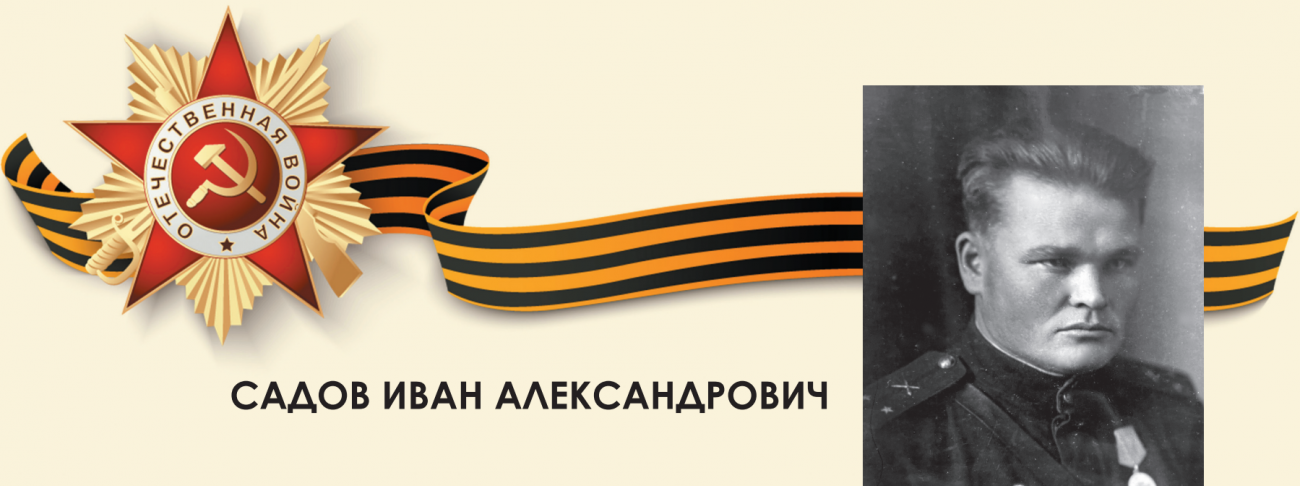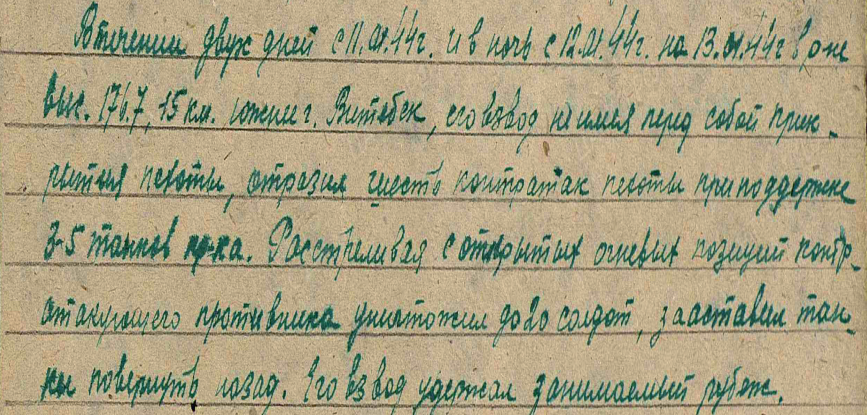
Today we will share another story of an employee of the IEE RAS who participated in the Great Patriotic War.
Ivan Aleksandrovich was born on March 27, 1907 in the village of Gonba, Barnaul District, Altai Krai. He received higher education at Tomsk State University. In 1929 and 1930, during the summer holidays, he participated in expeditions to study the fauna of Khakassia and Mountain Shoria. In 1931, he entered graduate school at Tomsk University in the Department of Vertebrate Zoology. During his graduate studies, he conducted faunistic research in four districts of the Omsk Region and three districts of the Baraba Steppe, mainly studying birds. In 1931, he also participated in a faunistic expedition to the upper reaches of the Mrassu River, Bolshoy Abakan and Tom.

In 1934, he completed the theoretical course of his postgraduate studies and went on a business trip to the Zoological Institute of Moscow State University, to the Department of Comparative Anatomy.
In 1935, he was enrolled in the doctoral program of the Institute of Evolutionary Morphology of the USSR Academy of Sciences, where he worked from 1937 to 1941. While working at the IEM, he conducted collections on the embryonic development of birds (in the area of the Baraba Lakes in 1936), and in 1938 he studied the embryonic development of sturgeon and stellate sturgeon on the Volga. In 1939–1941, he worked at the experimental smoking plant. From September 1941 to November 1945, he fought in the fighter anti-tank artillery. In 1944–1945, he fought in Poland, and in 1945, in Germany. From 1941 to 1945, he was a battery commander on the Western and Belorussian fronts. From October 5 to December 25, 1941, he was surrounded in the Smolensk region. Military rank: lieutenant. In 1943, he was shell-shocked, and in 1944, he was wounded, but again returned to the front. He was awarded three orders and two medals: the Order of the Patriotic War, the Order of the Red Star (twice), the medal "For the Salvation of the Fatherland" and the medal "For Labor and Valor".

In 1946, he returned to work at the IEM as a junior researcher. In December of the same year, he defended his PhD thesis. He was involved in the artificial breeding of sturgeon fish.
